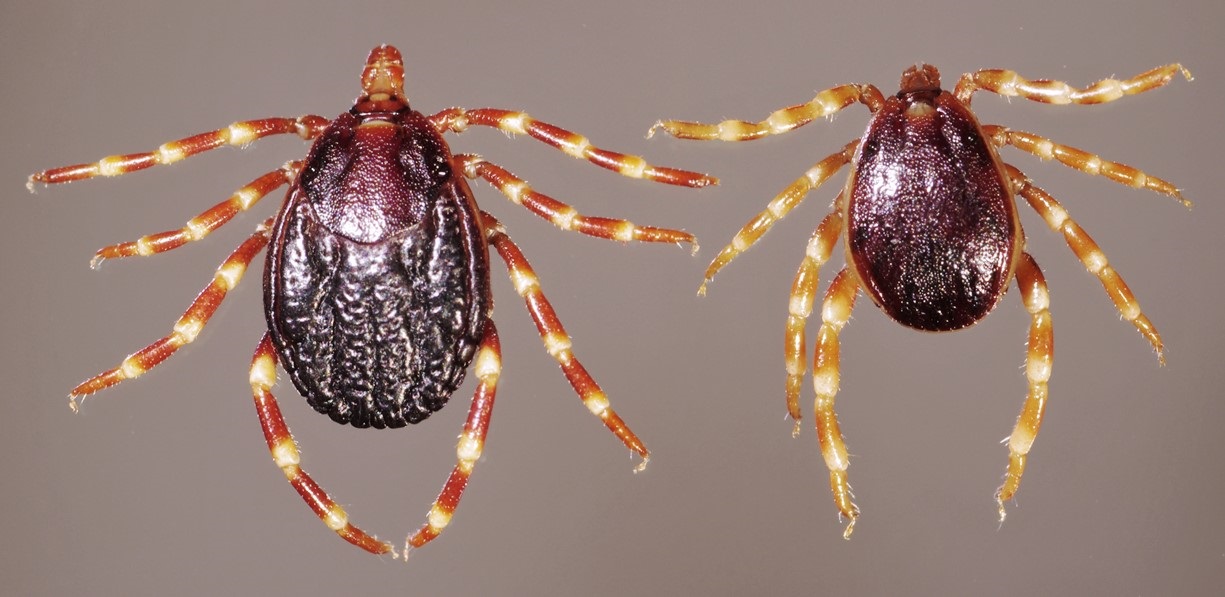Researchers at the Karolinska Institutet in Sweden have discovered a brain circuit that can trigger repetitive and compulsive behaviors in mice—even when natural rewards like food or social interaction are available. The findings, published in Science Advances, offer new insights that may help deepen our understanding of obsessive-compulsive disorder (OCD) and addiction.
Repetitive actions are common across both humans and animals, yet the underlying brain mechanisms have remained unclear. In this study, scientists identified a specific neural pathway capable of driving behavior into a “repeat loop,” causing mice to continue performing the same actions—such as digging or sniffing—despite the absence of any reward.
The team focused on a neural circuit extending from the nucleus accumbens—an important part of the brain’s reward network—to a region in the hypothalamus, which then communicates with the lateral habenula, an area associated with processing negative experiences. By using optogenetics, a technique that uses light to control nerve cells, the researchers artificially activated this pathway and induced a negative emotional state in the mice. This state led the animals to engage in compulsive behaviors even when preferable rewards were present.
“We’ve identified a neural pathway that can lock behavior into a repetitive mode. This discovery improves our understanding of how compulsive actions form and may shed light on conditions such as OCD and addiction,” said Konstantinos Meletis, professor in the Department of Neuroscience at Karolinska Institutet, who co-led the study with Daniela Calvigioni, assistant professor in the same department.
Repeated stimulation of the circuit between the nucleus accumbens and the hypothalamus gradually created a negative internal state, prompting the mice to prioritize repetitive actions over basic needs. When the researchers switched off the connection between the hypothalamus and the lateral habenula, the compulsive behaviors stopped, demonstrating the importance of this pathway in maintaining repetitive actions.
“This study gives us a clearer picture of how the brain can favor certain behaviors—even when they are neither productive nor rewarding,” Meletis explained.
The research team combined advanced genetic techniques to label and track specific nerve cells with tools for monitoring brain activity, optogenetic stimulation, and behavioral testing. This integrated approach allowed them to directly connect compulsive-like behaviors to the activity of defined brain circuits.
Funding for the study came from the Swedish Research Council, the Knut and Alice Wallenberg Foundation, the Wenner-Gren Foundations, StratNeuro, and the Swedish Brain Foundation.







